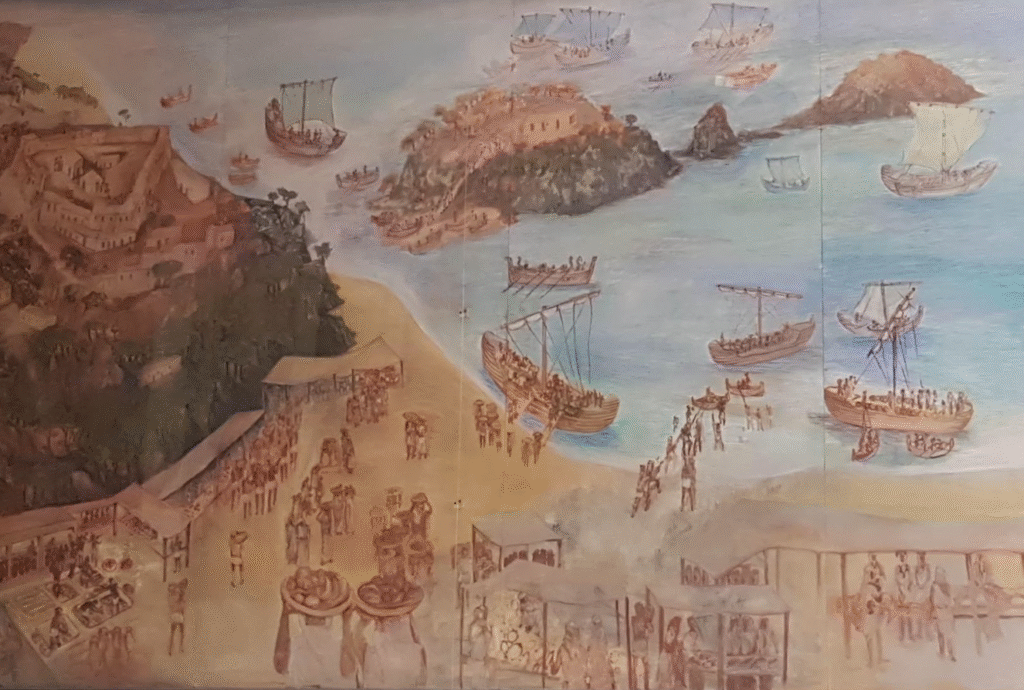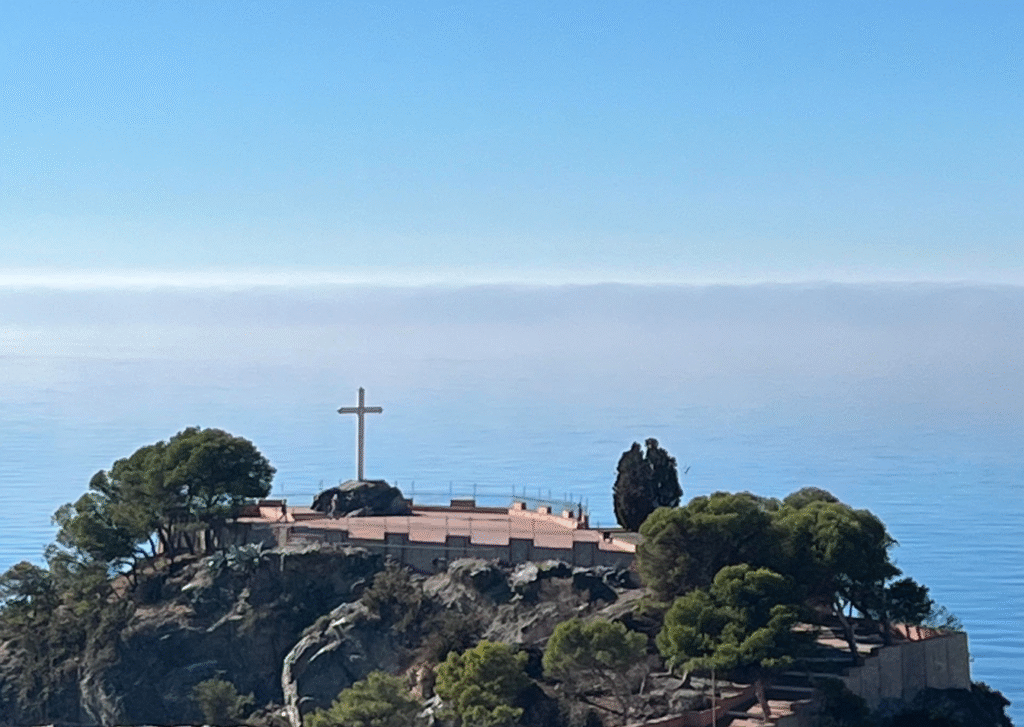The history of
Almuñécar is the 5th oldest City in Spain and there is no shortage of culture and history. The Phoenicians first established a colony in Almuñécar in about 800 BC and this developed for six hundred years into an important port and town with the name of Sexi and with a large fish salting and curing industry that was a major supplier of Greece and Rome.
The Romans came to southern Spain at the time of the Second Punic War between Rome and Carthage in 218 BC as part of their campaign to subdue the Phoenician settlements along the coast. During 700 years of Roman colonial rule the town and its industry prospered, and in 49 BC the municipality (one of 20 cities in Spain honoured at that time) was given the title Firmium Julium Sexi in recognition of the town’s loyalty to Rome.
In 755 Umayyad Abd ar-Rahman I of Damascus, the founder of the Emirate of Cordoba, arrived from North Africa to establish his kingdom. The castle remained the stronghold of the city and the seat of government and its walls were strengthened. Extensive dungeons were built for those out of favour with local rulers, but also baths for the use of the social elite during the al-Andalus centuries.
The cross on Peñon del Santo, the rock at the old harbour entrance, marks the defeat of the Arabs, their surrender at Almuñécar, and the annexation to the Kingdom of Castille in 1489. The Arabic name المُنَكَّب (al-Munakkab, surrounded by mountains) gave origin to present-day Almuñécar.


Located on San Miguel Hill and crowning the town of Almuñécar, this Arab fortress occupies the space previously occupied by the Phoenicians and Romans, as evidenced by various sources and the structures of Roman buildings.
The castle’s structures undoubtedly date back to the Muslim period, as it was once a holiday home for the Nasrid dynasty in the 13th century. At the end of the reign of the Catholic King Ferdinand in the 16th century, the moat, the drawbridge, and the imposing entrance façade with its four circular towers were built.
During the Peninsular War against the French, it was bombarded by English troops, leaving it in a state of ruin. It would be used as a Christian cemetery until the mid-20th century. Of special note is a neoclassical-style pavilion, with no apparent connection to the castle structure, which may have been built in the 18th century and has become the headquarters of the City Museum.
The aqueduct and Roman baths captured water in olden times, and brought it into the city. Nowadays, we can still see several sections of the Aqueduct in Almuñecar
The aqueduct, which is the best preserved Roman aqueduct in Andalusia, is approximately 7 kilometers long and is divided into five sections. Parts of the aqueduct are still used today to supply water to the fruit orchards of Almuñécar.
The fish salting factory at Almuñécarwas built by the Phoenicians and for several hundred years the main industry was salting fish for export, which was expanded by the Romans. Garum, a fish sauce used as a condiment, was also produced. The sauce was very popular with sailors.
The ancient factory was discovered during an archaeological excavation in 1970 and are located in El Majuelo park. Majuelo Park is a lovely oasis with 180 tropical trees and palms. In many places in the park there are sculptures and other works of art.
The old town is a charming, authentic and historic area characterised by its narrow streets, whitewashed houses, lively atmosphere, local shops and cafes. The tapas culture is very much still alive, and you will be served a tapa when ordering beverage like in the old days.
The city has a wide range of cultural activities. Visit the park “El Majuelo” and the “Casa de La Cultura”, which has various performance throughout the year. The main church in Almuñécar is called Iglesia de la Encarnación and is located on Roman foundations. Construction began in 1597 and was completed in 1600. It was the first church in the province of Granada to be built in the Baroque style.
Almuñécar has many beaches to choose from, lined with a 7 km long beach walk with palm trees. Just north of the Cross Penon del Santo is The Playa de San Cristobal and just east of the Cross is The Playa Puerto del Mar. Both of these beaches are very popular, and have showers, changing rooms, toilets and sunbeds with parasols for rent.
Further east is The Playa Velilla, which is also a sand and gravel beach and has a public car park. Even further east there is a small and beautiful beach with fine dark sand called The Playa el Tesorillo, which can be reached by bus from Almuñécar’s town centre or by foot for those who prefer longer walks.
If you like to find a good bargain, then the Almuñécar Sunday Market is the place to be! Every Sunday you can browse and purchase the most unusual things. This market is dedicated to antiques & second-hand items. Located in the fairgrounds near the Blas Infante Arches, the gate with the three arches symbolises the three most important eras in the history of Almuñécar: the Roman, the Arab and the Christian, and was long ago the Puerta de Almuñécar.
On Fridays there is also a well-attended and popular market, offering a wide variety of basic products like fruits, vegetables, sausages, olives, spices and herbs. It is also possible to buy clothing like linen clothes, footwear, leather belts, ceramics, and decorative edible items such as candied hibiscus.
The nightlife is along the promenade at The Playa Puerto del Mar, where there are a variety of bars and clubs. There is also a good selection of cafes and discos for those who want to dance. Have in mind that the nightlife starts late here.
Several ferias and fiestas are held in Almuñécar each year including Carnival de Almuñécar, Semana Santa, Fiestas Virgen del Carmen, and Patron Saint Virgen de Antigua.